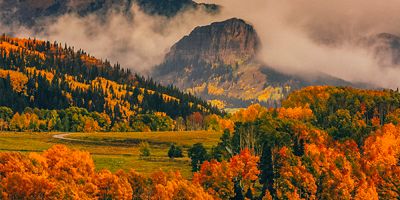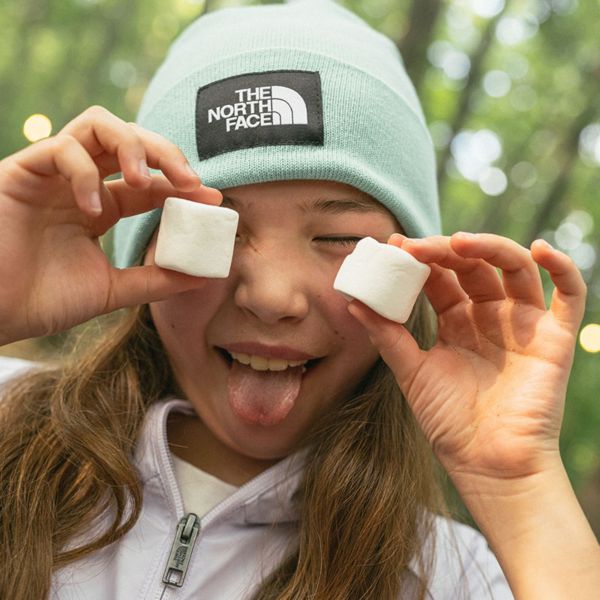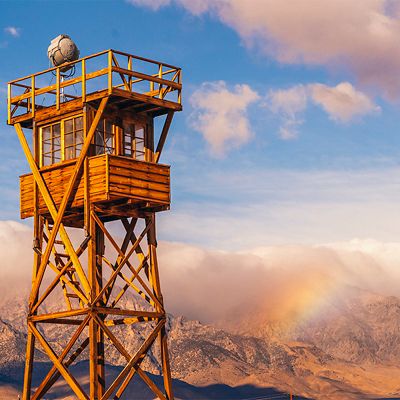Has anyone ever told you that you’re a public-land owner? It’s true! The U.S. has designated some 840 million acres as public land set aside for all. That acreage, open to everyone to enjoy, adds up to more than one-third of the country. And though we all own them, it’s various local, state, tribal, and federal agencies that handle their management.
This kind of mixed bag can mean a lot of acronyms at once to explain what’s what. And it takes some time to dive into the full history and background of the various types, management agencies and designations that make up the rich and complex tapestry that is the public lands we share.
Here’s your entry reference in two pieces: PART I, first breaking down the places that matter most, below; and PART II, focusing on the various stakeholders who manage and use the lands.
What are public lands for?
Short answer: all kinds of things. You probably think of local, state, and national parks as places for outdoor recreation—and they are. Public lands are excellent destinations for hiking, camping, fishing, hunting, cycling, skiing, paddling, and any other outdoor activity you can think of.
But beyond active pursuits, they’re also sites for logging, mining, grazing, research, and wildlife conservation. And even before all that, they are for habitation, for all public lands are, historically, Native American homelands of sacred cultural significance to the people who lived on and cared for them for centuries. Managers must often balance the competing interests of protection, extraction, and traditional habitation as they make decisions about public lands.
Learn more about the cultural history of public lands you visit.
Where can I find public lands?
Everywhere! These are the major types of public lands in the U.S., including the best reason to experience each in person (and then to become an advocate for their preservation), plus additional resources to find out more about what makes the U.S. system of public lands such a national treasure.
STATE AND LOCAL PARKS
Look no further than your city and county’s pockets of green space, municipal trails, and your state’s protected lands.
Why you should visit: a quick (and often critical) nature fix.
Why you should care: These local areas are particularly important because for most people, they’re the nearest and easiest public lands to access.
NATIONAL PARKS
These are the most famed, prized and popular crown jewels of our public land system (think: iconic parks like Grand Canyon, Yellowstone, Yosemite).
Why visit: Unparalleled scenic beauty and outdoor recreation, with substantial development to aid access for all, from paved roads and visitor centers to lodging, restaurants, and gift shops (entry fees and sometimes reservations apply).
Why care: Beyond the national parks, the National Park Service also manages a number of other lands that include military and historic sites, long trails, seashores, and Wild & Scenic Rivers. Prioritizing both access and conservation, NPS rules are stricter (no drilling; bikes and boats are often restricted to certain areas; hunting and dogs not allowed or limited; and activities often require permits).










